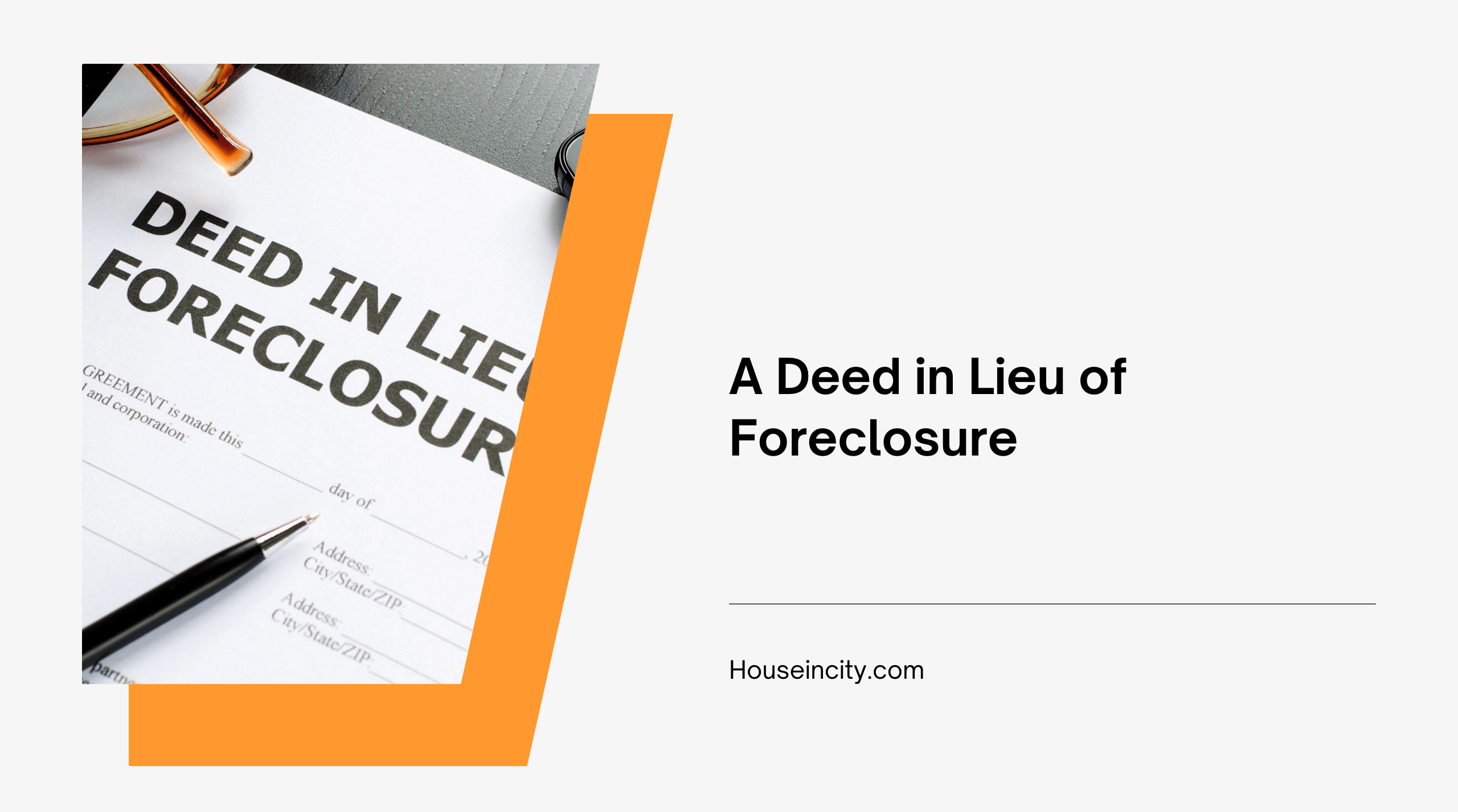In many areas of the country, homes are being abandoned in record numbers, and they can be found in almost every region across the United States. Homes that have been abandoned eventually become surrounded by overgrowth, and they fall into disrepair quickly. Abandoned homes become targets for vandals, and they are a sad symbol of loss. Homes that were once a haven of comfort and a symbol of the American dream become visible signs of broken dreams and distant memories. It is unfortunate that many who abandoned their homes, went through foreclosures, and ultimately filed bankruptcy if eligible, did not realize other options existed.
If you are unable to pay your mortgage payments, you are not alone. Many homeowners have found themselves unable to pay mortgage payments due to sub-prime loans resetting to ridiculously high, unaffordable amounts, unemployment, a declining economy, and a multitude of other valid reasons. When you cannot sell your home at current market value, and you can no longer afford house payments because of financial hardship, a deed in lieu of foreclosure might be the answer to your problems.
What is a Deed In Lieu of Foreclosure?
A deed in lieu of foreclosure allows a homeowner to sign their home over to the lender rather than allowing it to go into foreclosure, and the debt will be forgiven. It is a win-win situation for the lender and the borrower since the lender avoids the complication and expense of foreclosure, and the borrower avoids the outcome of foreclosure and quite possibly bankruptcy. Although no one really wins in the true sense of the word, a deed in lieu of foreclosure is sometimes the best option when mortgage payments can no longer be paid.
Do I Qualify for a Deed in Lieu of Foreclosure?
To qualify for a deed in lieu of foreclosure, your home must be on the market at current market value. This shows loan company investors you are trying your best to satisfy the debt instead of trying to dump a financial burden without trying to sell. Typically the home must be on the market for 90 days before a deed in lieu of foreclosure can be finalized, and the home must be uninhabited to complete the process. In addition, your income must meet the criteria set by your lender. If it is determined you can afford to make the payments, you will have to continue trying to sell the home, and a deed in lieu of foreclosure will not be an option. If you are suffering a temporary setback, a forbearance might be an acceptable alternative to help you get back on track.
What Information Will My Lender Require for a Deed in Lieu of Foreclosure?
When contacting to your lender for the very first time regarding an inability to pay, you will need to speak to a customer service representative in the workout department. They will ask what caused your current financial situation, and they will predetermine whether or not you are a viable candidate for a deed in lieu of foreclosure or another option to get you out from under unaffordable mortgage payments. If you are eligible for a deed in lieu of foreclosure, your lender will require a copy of the listing contract from the realtor, copies of current pay stubs, and a list of monthly bills.
Do Not Wait
If you cannot pay your mortgage payments and you do not see your finances improving in the very near future, do not wait to contact your lender. Although contacting your lender regarding an inability to pay is not a pleasant prospect, you will likely find they will be more helpful and kinder than anticipated. They will help you find a solution to your problem that is in their best interest, and it will likely be in your best interest as well.
